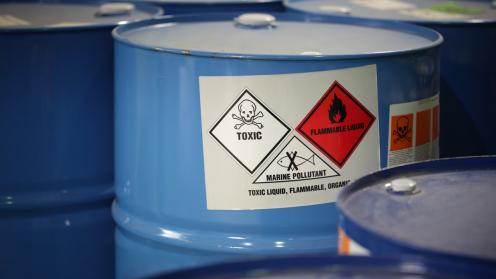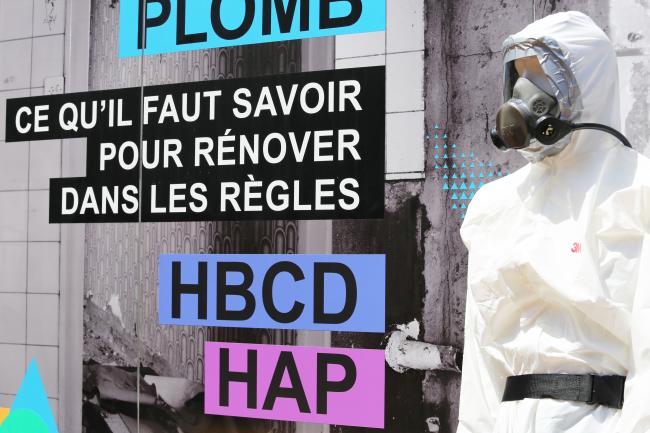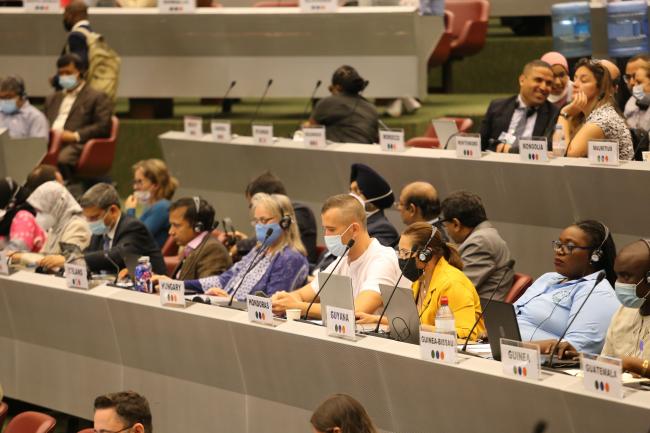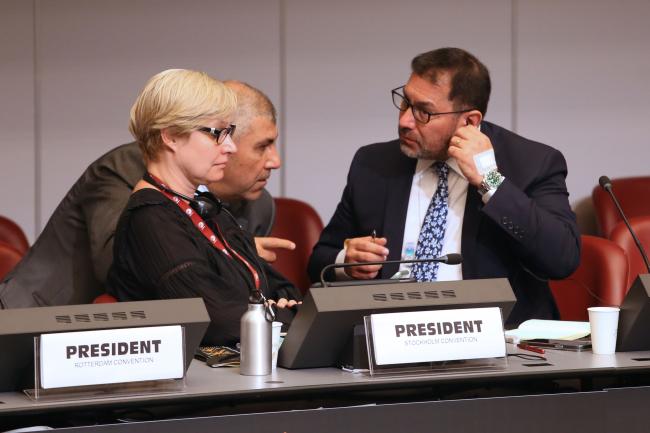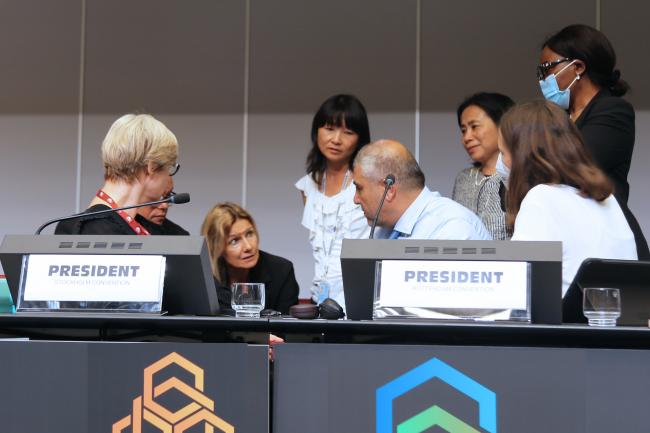There is significant trade in both chemicals and wastes. This trade can help all countries benefit from the safe use of chemicals and recover materials from the sound handling of wastes. But this trade can often be opaque. Developing countries require information to ensure the chemicals and wastes are non-hazardous to import and to assure they are handled in an environmentally-sound manner. The Basel Convention (BC) and Rotterdam Convention (RC) both address this transboundary movement of hazardous substances.
The Basel Convention adopted several decisions, including on technical assistance. The efficiency came from synergies, negotiating the technical assistance decision for the three Conventions together. The decision includes a call to conduct a new assessment of developing countries’ needs in 2025, which will provide information to help identify what is needed to help all countries implement the Convention.
Want to dive deeper? Read the Earth Negotiations Bulletin daily report.
Meanwhile, in other rooms, delegates continued work to finalize the many waste-related issues on the agenda. Discussions on the technical guidelines to safely manage plastic wastes continued, amid some worries about the slow pace of the work on this complex waste stream. The contact group finished a draft decision on technical guidelines for incineration on land and specifically-engineered landfills.
When attention turned to trade in hazardous chemicals, the RC took center stage. Countries discussed four out of seven of the chemicals proposed for listing in Annex III of the RC, which would subject them to the RC’s Prior Informed Consent (PIC) procedure. There were objections to listing all four. Most parties supported listing these chemicals, stressing that the RC facilitates information exchange and empowers national decision-making. But some countries disagreed, especially when it comes to pesticides and herbicides. They suggest that there is a “de facto ban” because some countries and organizations work to phase out imports and use of substances that are listed under the RC.
Two substances under consideration are industrial chemicals that are already listed in the Stockholm Convention (SC). In the SC, these chemicals are now slated to be eliminated from production and use, although with exemptions that specify some uses that are allowed for five or ten years. During that time, the RC could inform developing countries’ decisions on whether to import these hazardous chemicals. With only one party objecting to listing these substances in the RC, some remain hopeful that the COP will be able to forge agreement before the end of this meeting.
Debate about whether to actually list substances that the COP has confirmed meet the criteria for listing is long standing. In the case of chrysotile asbestos, parties have been in a stalemate for 16 years. With each COP, the number of chemicals that the RC COP cannot agree to list grows.
Given these roadblocks, two side events were well timed: trade unions held an event on how the RC could protect workers, and the EU and French-speaking African countries held a consultation on the effectiveness of the RC. Another event gave a “report card” on the first year of the plastic wastes being included in the Basel PIC procedure, while a different group looked ahead to how the same procedure could support recycling in e-waste.
To receive free coverage of global environmental events delivered to your inbox, subscribe to the ENB Update newsletter.
All ENB photos are free to use with attribution. For photos please use: Photo by IISD/ENB | Angeles Estrada Vigil
